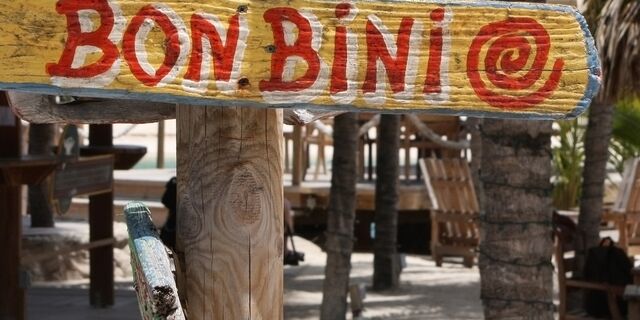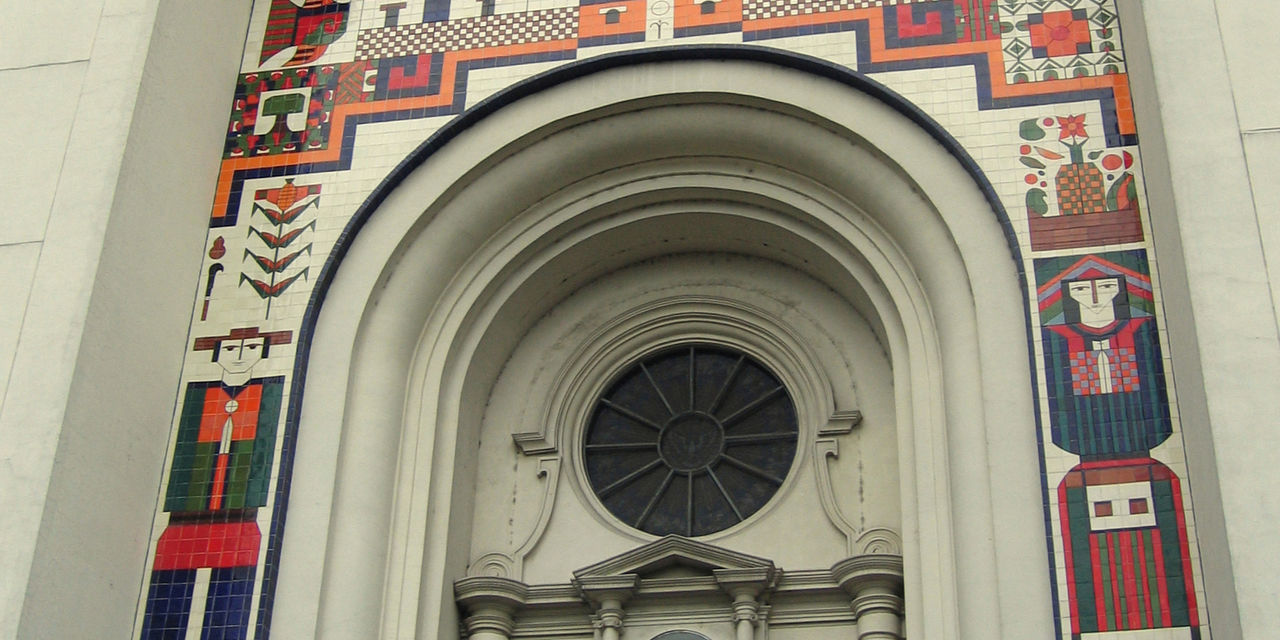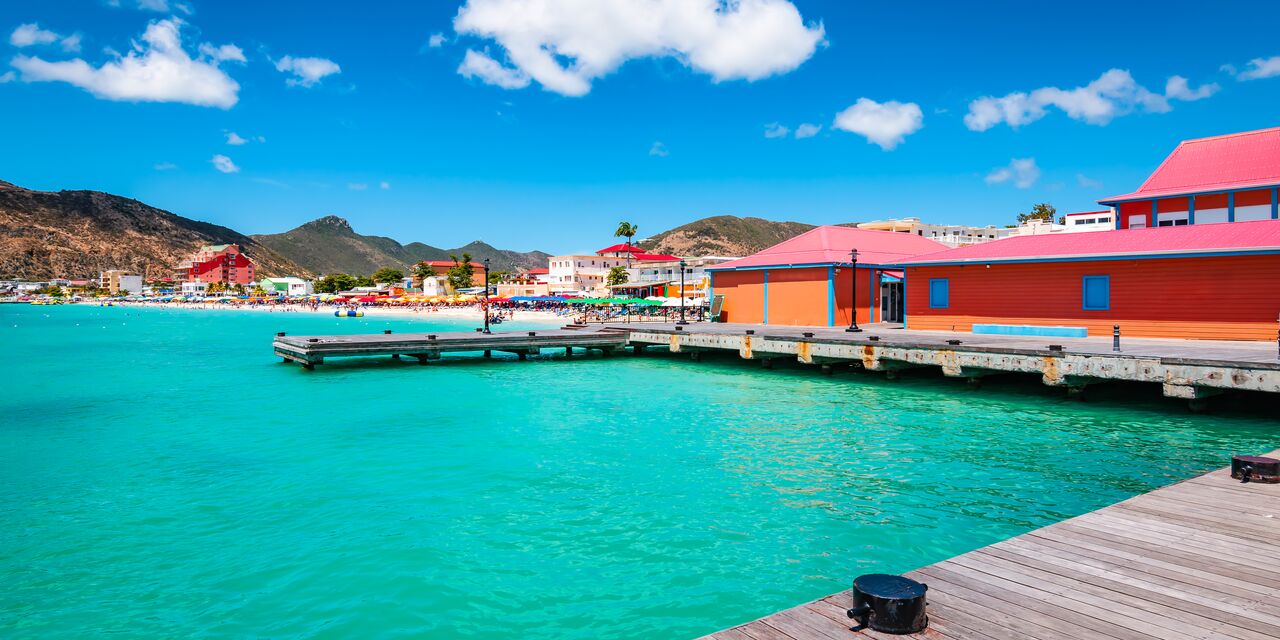
What’s in a name
The name Washington Slagbaai reflects a long history. The park is situated on the site of various former plantations. The last owners, who exported products such as salt, coal and aloe, called the northern plantation America. The entrance had a small office where plantation workers could collect their pay. As this was so important to them, they named the office Washington after the capital of the USA. The name stuck. ‘Slagbaai’ refers to the slaughter of the goats who once lived here, who were salted and shipped to Curaçao.

The saliñas of Bonaire
Bonaire features a large number of saliñas, or salt lakes. The largest are located in Washington Slagbaai. The sea level was much higher in the past; when the sea level went down, part of the salt water remained behind the coral reefs, creating the saliñas. The lakes are important to the preservation of the coral as they filter harmful particles from rain water. The salt water is also a favourite of the flamingos.

Hiking to the top of Brandaris
Hikers will find 3 trails in Washington Slagbaai of which 2 lead to the highest point on Bonaire, the Brandaris. This 241-metre hill used to serve as a lighthouse, and its name is a corruption of the Dutch ‘Brand, daar is’, which means ‘there is fire’. The best time to climb the hill is before noon, as afterwards it is often too hot to face the challenge. Once at the top of Brandaris, you can see as far as the Venezuelan coast on clear days.























